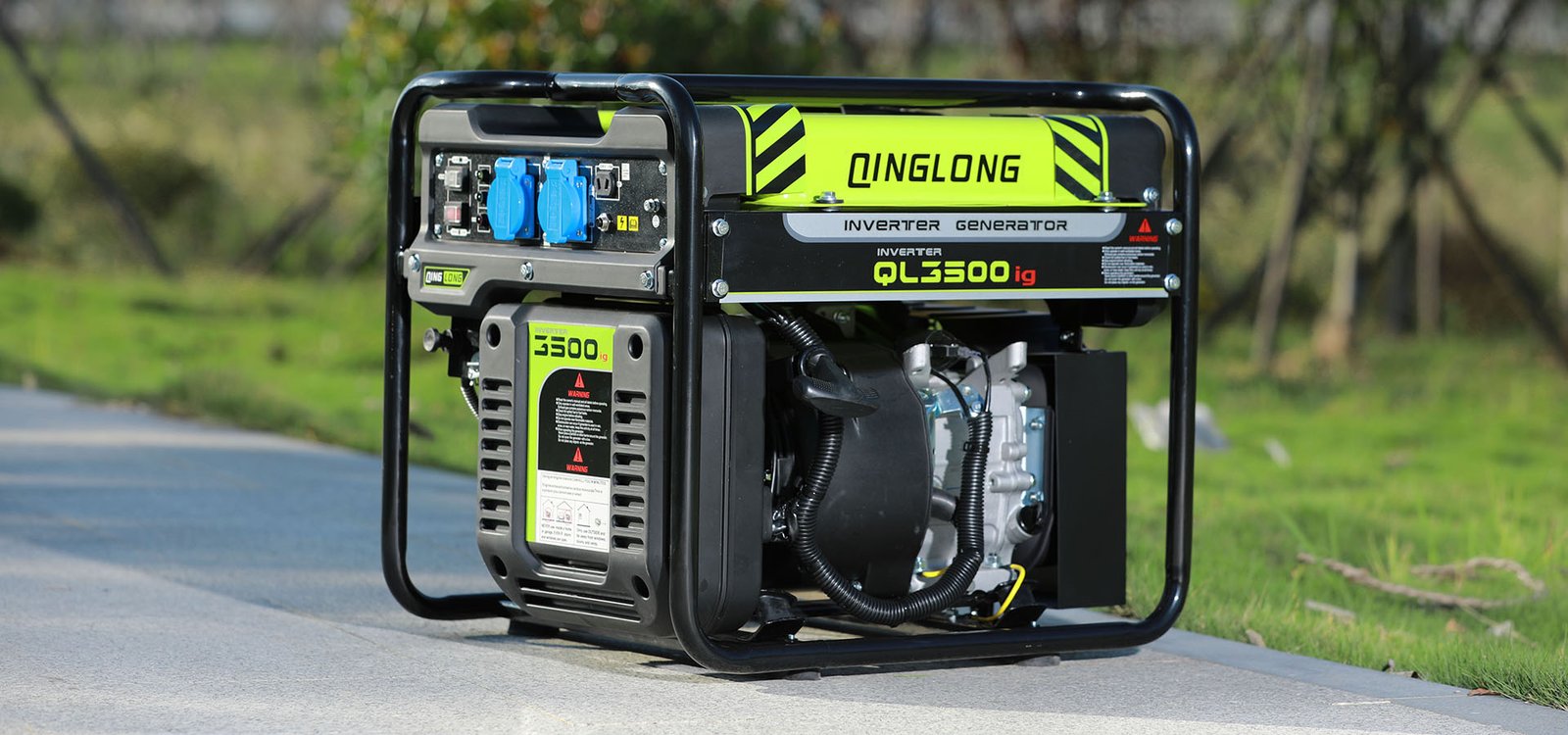How to Properly Use a Small Gasoline Generator

To correctly use a small gasoline generator, follow these detailed steps and precautions:
- Understand the Equipment: Before first use, thoroughly read and comprehend the user manual, including operation, maintenance, safety guidelines, and troubleshooting.
- Choose the Right Location: Place the generator on a flat, stable surface and ensure it is away from flammable materials and building vents.
- Check the Fuel System:
- Ensure the fuel tank is filled with fresh, unleaded gasoline.
- Regularly clean or replace the fuel filter to prevent clogging.
- Oil Preparation:
- Check the oil level, ensuring it is between the minimum and maximum marks.
- Use the type and viscosity of oil recommended by the manufacturer.
- Check the Cooling System:
- Ensure the coolant level is appropriate, and add the manufacturer’s recommended coolant if necessary.
- Check the Battery:
- If the generator has an electric start system, ensure the battery is sufficiently charged.
- Preheat the Equipment: In cold weather, it may be necessary to preheat the engine before use.
- Proper Start-up:
- Ensure all switches are off.
- Set the throttle to the idle position.
- Perform manual pull-rope starting or use the electric start button.
- Gradual Loading:
- After starting, do not immediately connect loads. Wait for the engine to run stably before gradually increasing the load.
- Monitor Operating Conditions:
- Observe indicator lights and warning lights on the dashboard.
- Listen for abnormal sounds, such as knocking or metal-on-metal friction.
- Avoid Long Idle Times:
- Generators should not run for long periods without load or with light loads, as this can cause the engine to overheat.
- Shut-down Procedure:
- Before shutting down the generator, gradually reduce the load to zero.
- Close the throttle, disconnect the power, and then turn off the start switch.
- Regular Maintenance:
- Follow the manufacturer’s maintenance schedule for oil changes, air filter replacement, and spark plug changes.
- Clean the Equipment:
- Regularly clean the generator to remove dust and debris, maintaining good heat dissipation and performance.
- Storage Preparation:
- If the generator will not be used for a period, drain the fuel tank and run the engine until the fuel is completely consumed to prevent fuel deterioration.
- Comply with Regulations:
- Ensure the use and storage of the generator comply with local safety and environmental regulations.
- Emergency Handling:
- Understand the emergency stop procedure and take immediate action in case of fire, leaks, or other hazardous situations.
By following these detailed steps and precautions, users can ensure the safe operation of the small gasoline generator, improve efficiency, extend equipment life, and reduce potential failures and maintenance costs.
